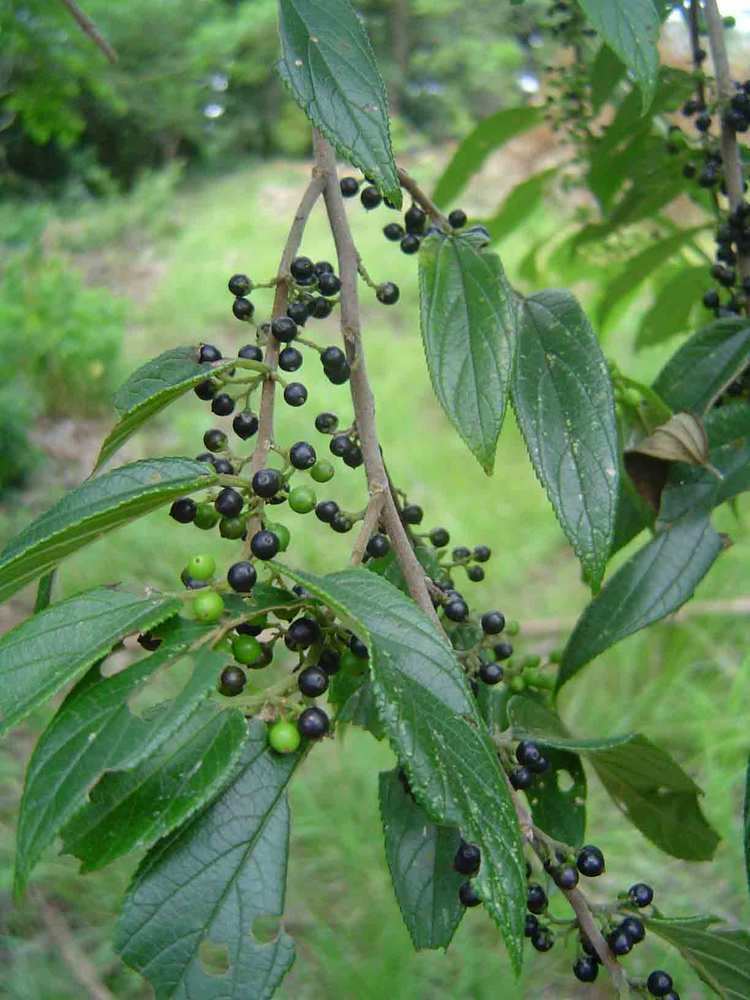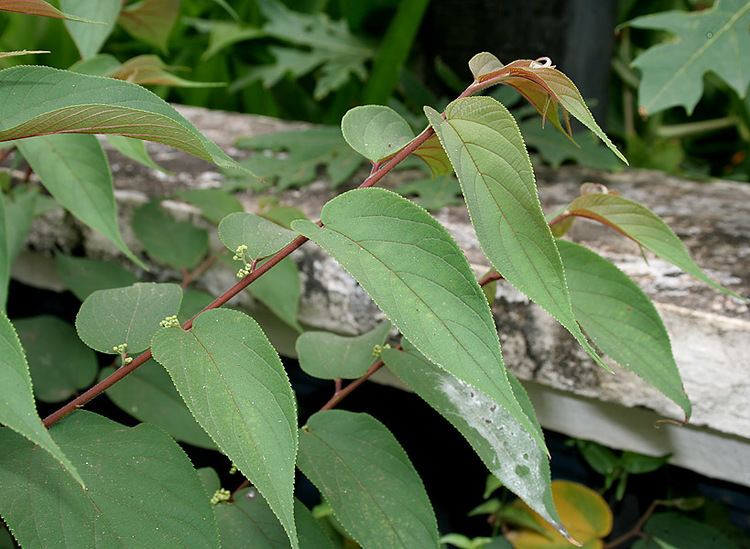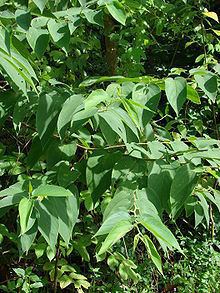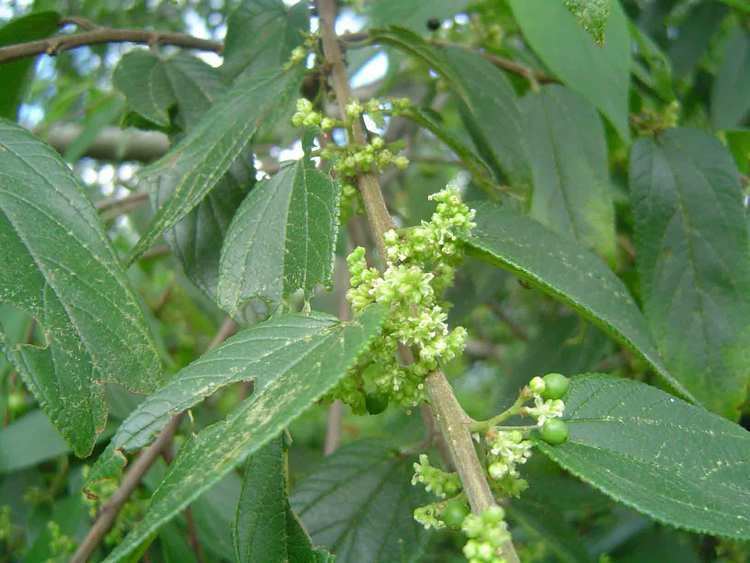Kingdom Plantae Family Cannabaceae Scientific name Trema orientalis | Order Rosales Genus Trema Rank Species | |
 | ||
Similar Trema, Ulmaceae, Celtis africana, Bridelia micrantha, Bridelia | ||
Ingredient s of trema orientalis formulations pankaj oudhia s ethnobotanical surveys 1990 2012
Trema orientalis is a species of flowering tree in the hemp family, Cannabaceae. It is known by many common names, including charcoal-tree, Indian charcoal-tree, pigeon wood, Oriental trema, and in Hawaii, where it has become naturalized, gunpowder tree, or nalita. It has a near universal distribution in tropical and warm temperate parts of the Old World, with a range extending from South Africa, through the Middle East, the Indian subcontinent and southern China to Southeast Asia and Australia.
Contents
- Ingredient s of trema orientalis formulations pankaj oudhia s ethnobotanical surveys 1990 2012
- 3 jenis penyakit tuntas dengan tanaman obat anggrung trema orientalis
- Native distribution
- General use
- Medicinal use
- Ecological significance
- References

3 jenis penyakit tuntas dengan tanaman obat anggrung trema orientalis
Native distribution

Trema orientalis is native to primarily tropical zones in Africa (in Benin; Cameroon; Central African Republic; Comoros; Côte d'Ivoire; the Democratic Republic of the Congo; Equatorial Guinea (including the island of Bioko); Eritrea; Ethiopia; Gabon; the Gambia; Ghana; Guinea; Guinea-Bissau; Kenya; Liberia; Madagascar; Malawi; Mozambique; Namibia; Rwanda; Senegal; Sierra Leone; Somalia; South Africa (Cape Province, KwaZulu-Natal, Transvaal; and Swaziland); Sudan; Tanzania (including the Zanzibar Archipelago); Togo; Uganda; Zambia; and Zimbabwe); Asia (in most of the Arabian Peninsula; Bhutan; Burma; China, in the provinces of Fujian, southern Guangdong, western Guangxi, southwestern Guizhou, Hainan, Sichuan, Xizang, Yunnan; India; Indonesia; southern Japan in Kyushu prefecture and the Ryukyu Islands; Malaysia; Nepal; Papua New Guinea; the Philippines; Sri Lanka; Taiwan; Thailand; and Vietnam); and Australia (in the northern portion of Northern Territory and eastern parts of Queensland).
General use

The wood is relatively soft, and burns easily and quickly when dry. The wood is suitable for paper and pulp production, producing paper with good tensile strength and folding endurance. The bark can be used for making string or rope, and used as waterproofing fishing-lines. In India and Tanzania, the wood is used to make charcoal.
Medicinal use

The tree has various uses as an herbal medicine in a wide range of cultures. The leaves and the bark are used to treat coughs, sore throats, asthma, bronchitis, gonorrhea, yellow fever, toothache, and as an antidote to general poisoning A bark infusion is reportedly drunk to control dysentery and a leaf decoction is used to deworm dogs. In recent pharmacological studies, an aqueous extract from the bark has been shown to reduce blood sugar levels in an experimental animal model of diabetes mellitus, and may be useful for treating this disease. Extracts from leaves of related species (Trema guineense and Trema micrantha) showed anti-inflammatory, anti-arthritic and analgesic activity in rodents, suggesting that T. orientalis could produce similar results.
Ecological significance
This species has a high ecological impact with at least 14 species of butterfly using it as a larval food plant. Several species of birds eat the fruit or feed on the abundant insects which live in these trees. Pigeons and doves are often found in these trees where they eat the fruits or make their nests; giving the origin of the name 'Pigeon Wood'. The leaves, pods and seeds are used as fodder for cattle, buffaloes and goats in the Philippines. The leaves are also browsed by game animals and can be used as spinach. This tree is a fast-growing species found in previously disturbed areas and on forest margins. It is a pioneer species that can grow on poor soil and can be used to regenerate forest areas by providing shade and protection to saplings of forest hardwoods. T. orientalis is nitrogen fixing and can thereby improve soil fertility for other plant species.
